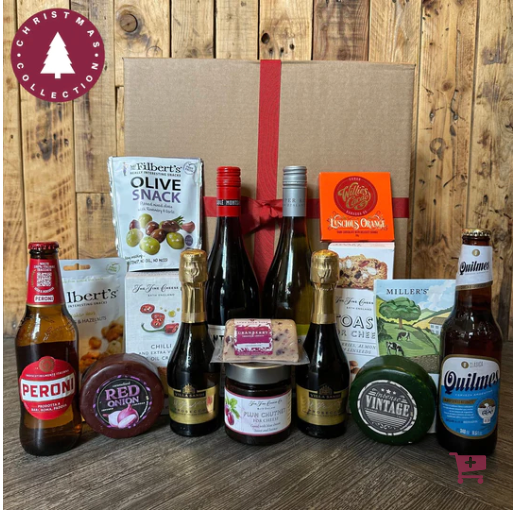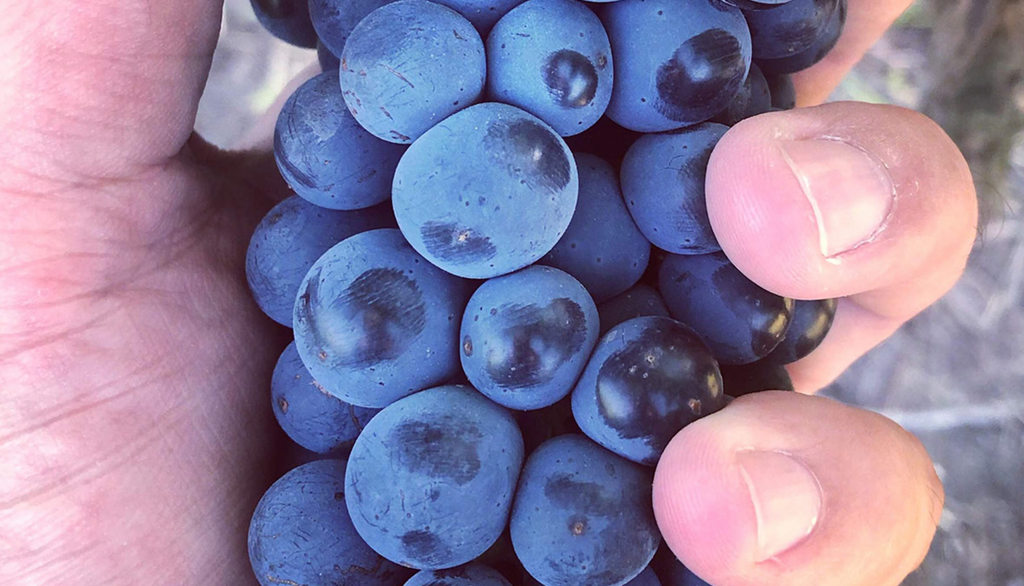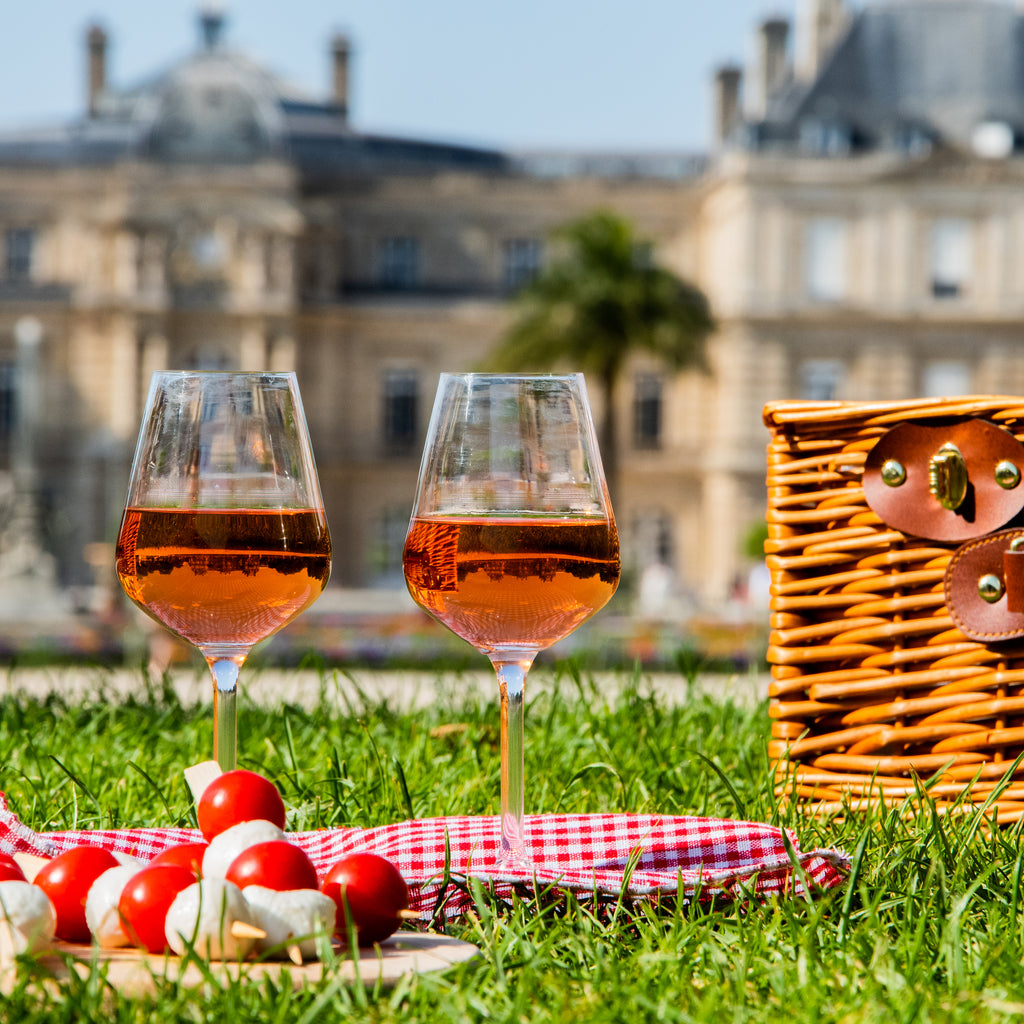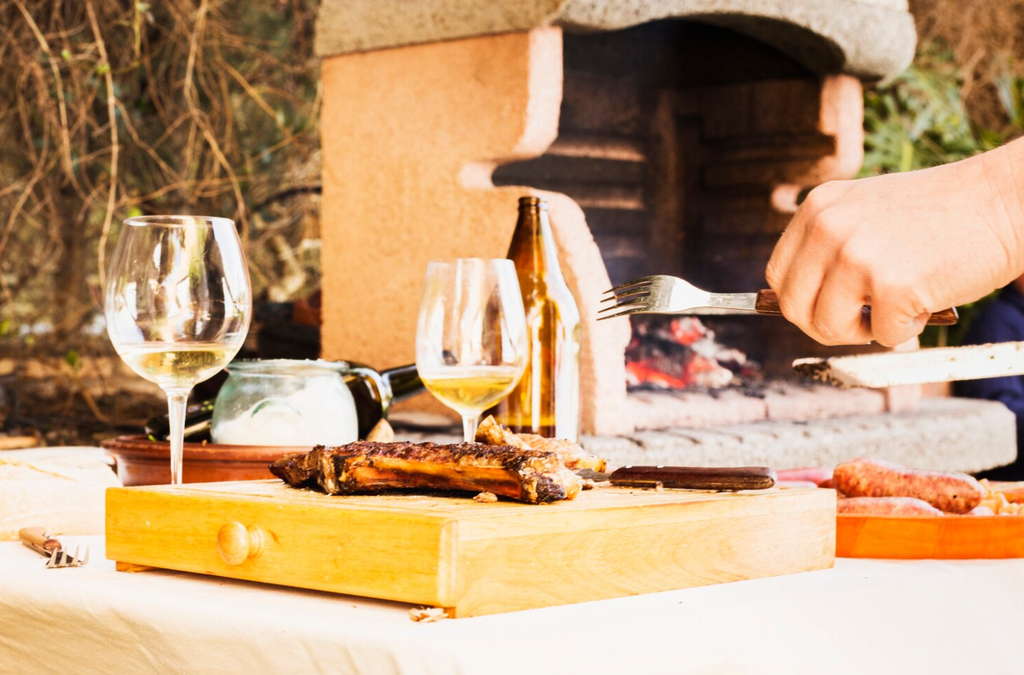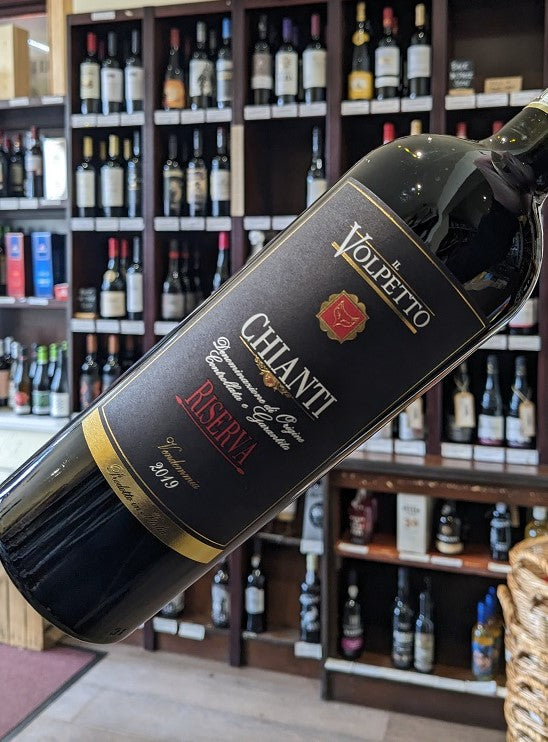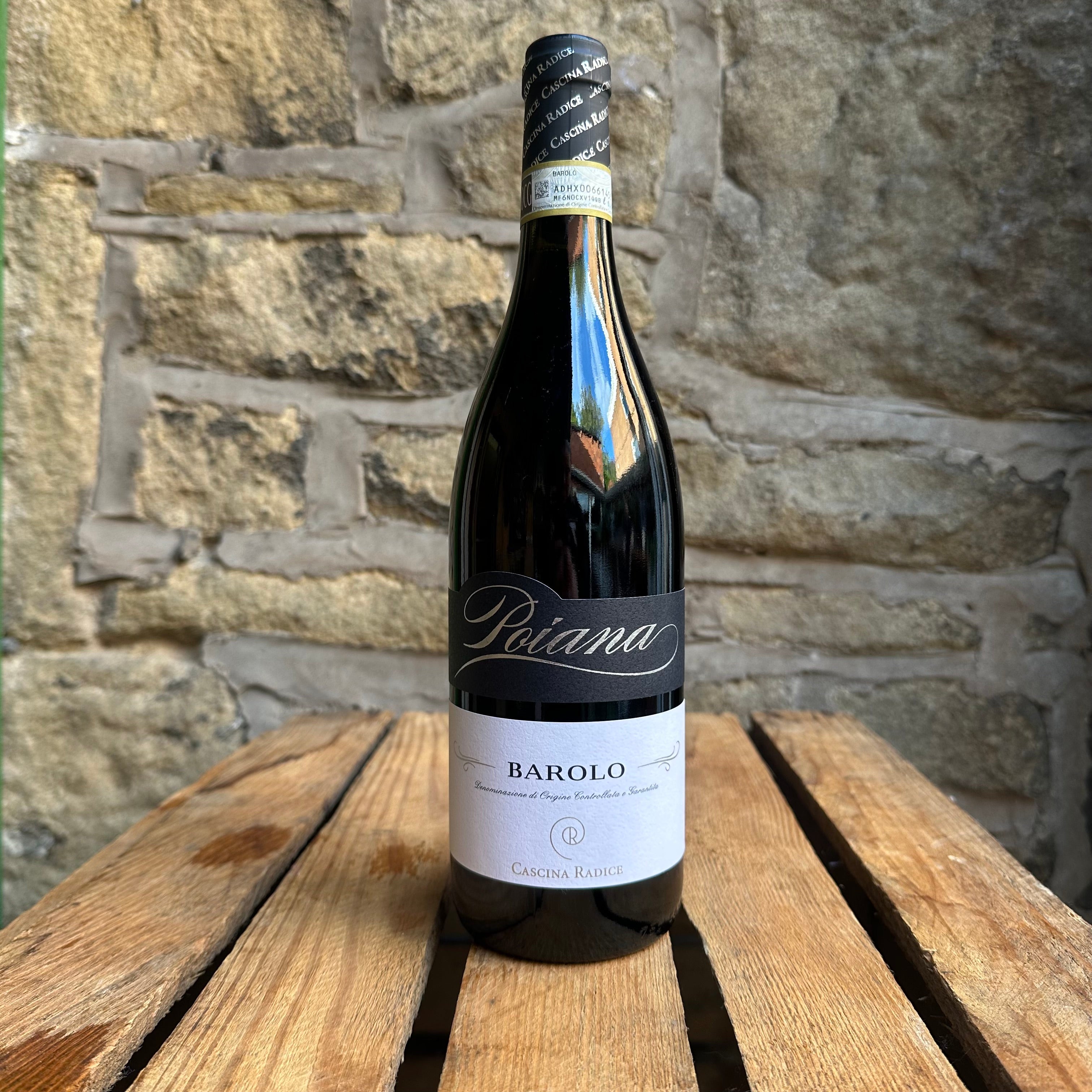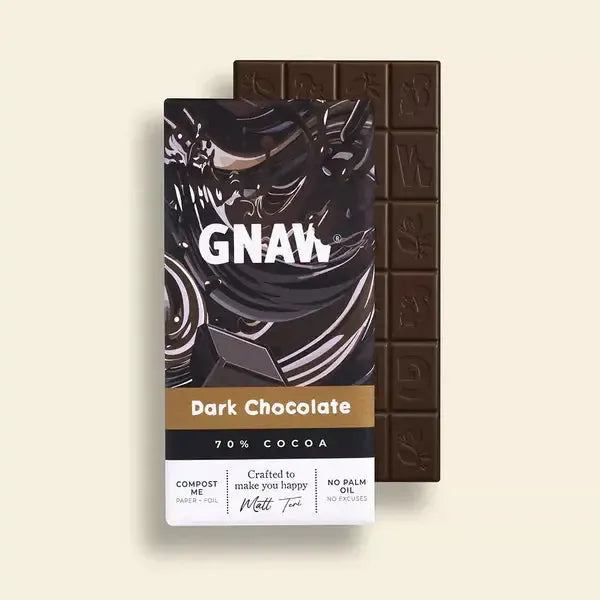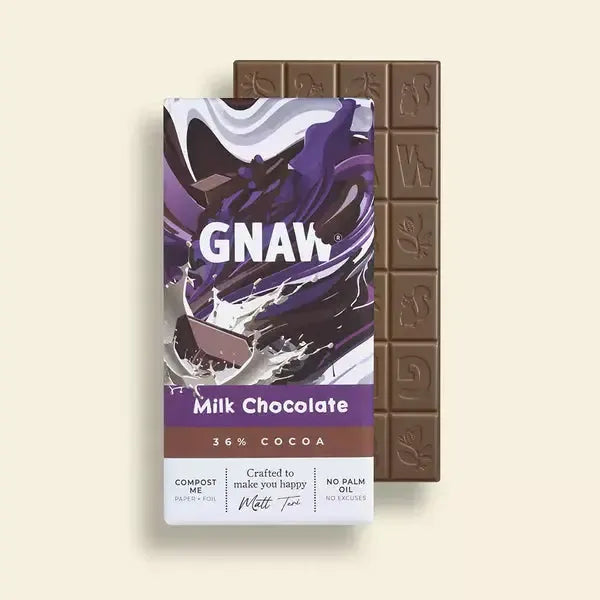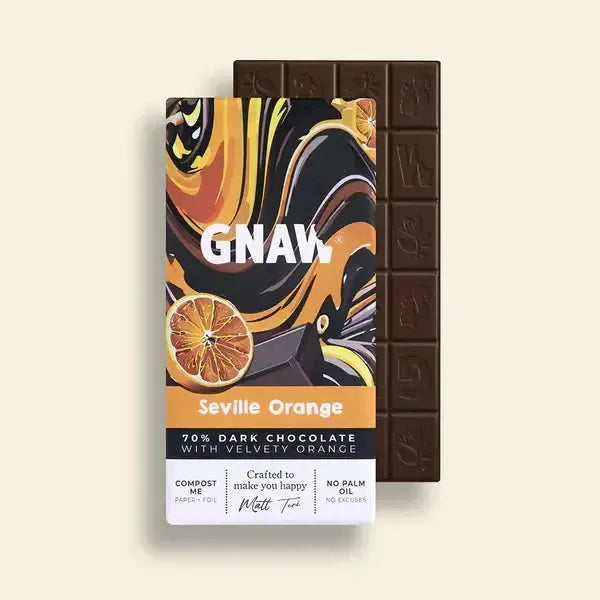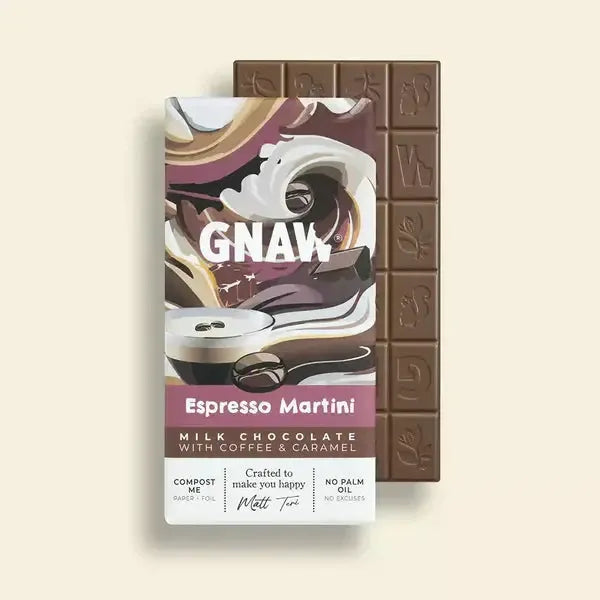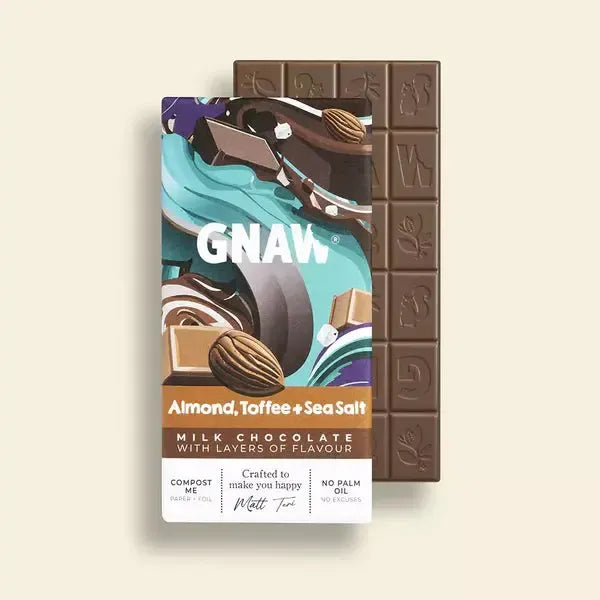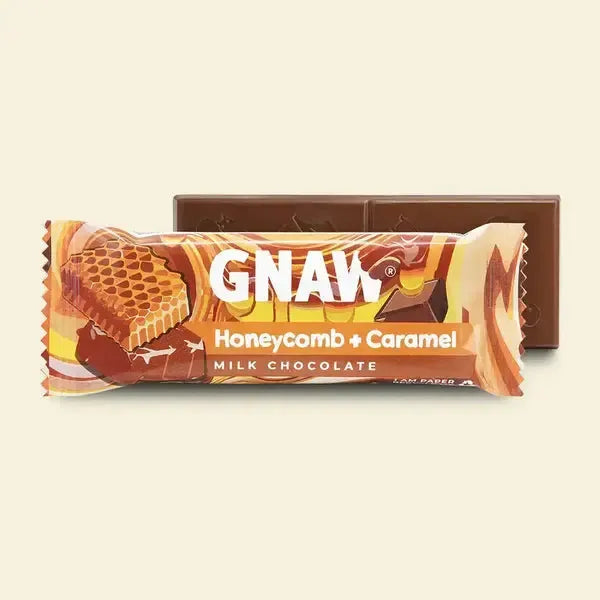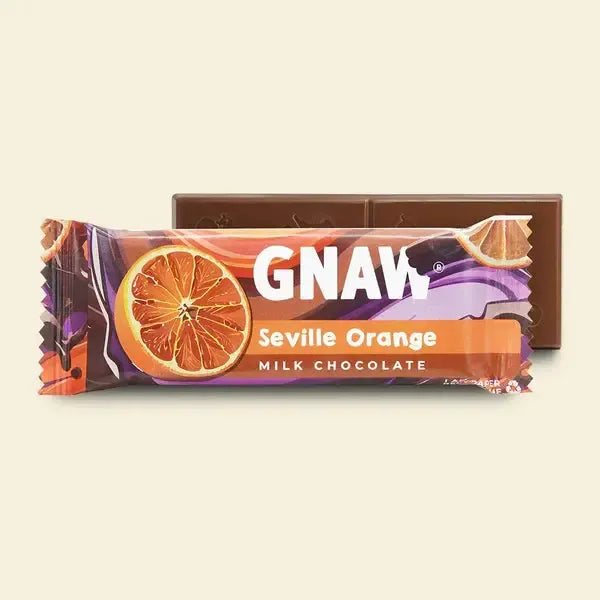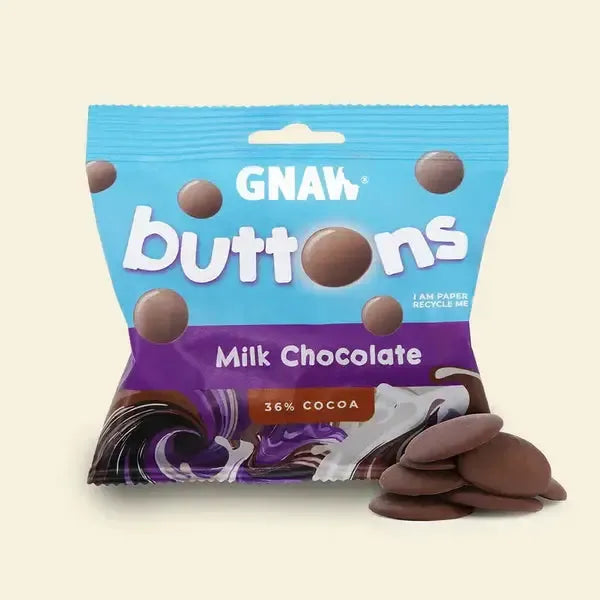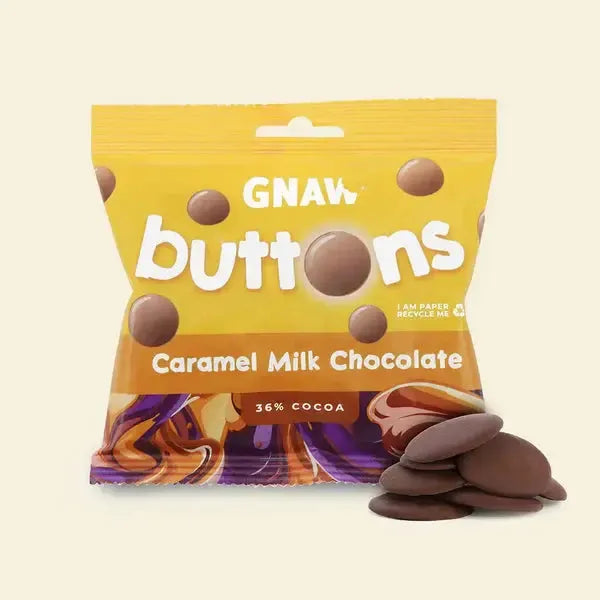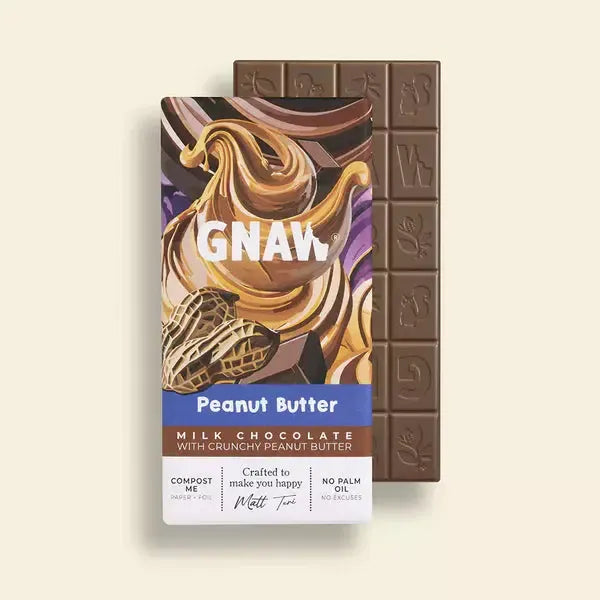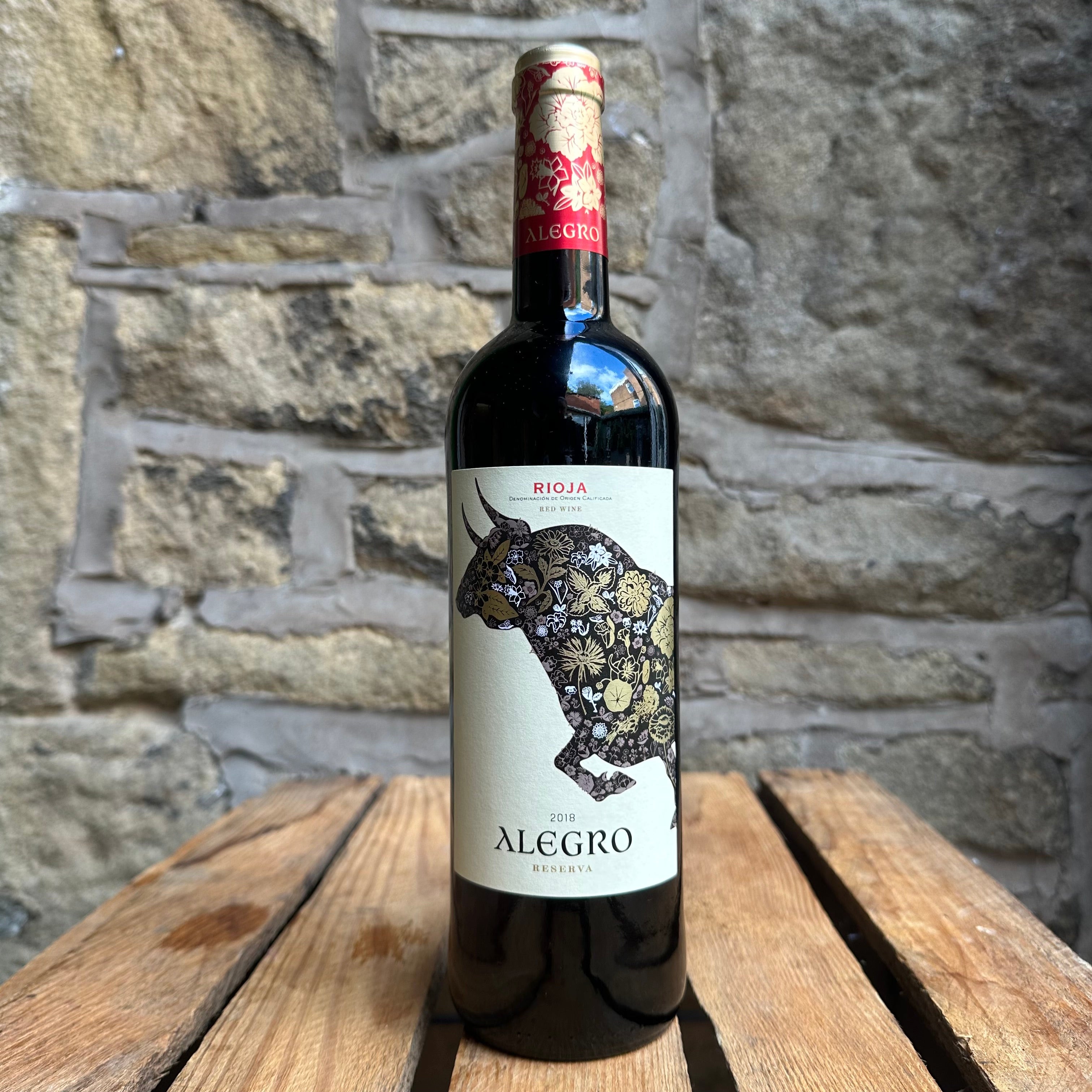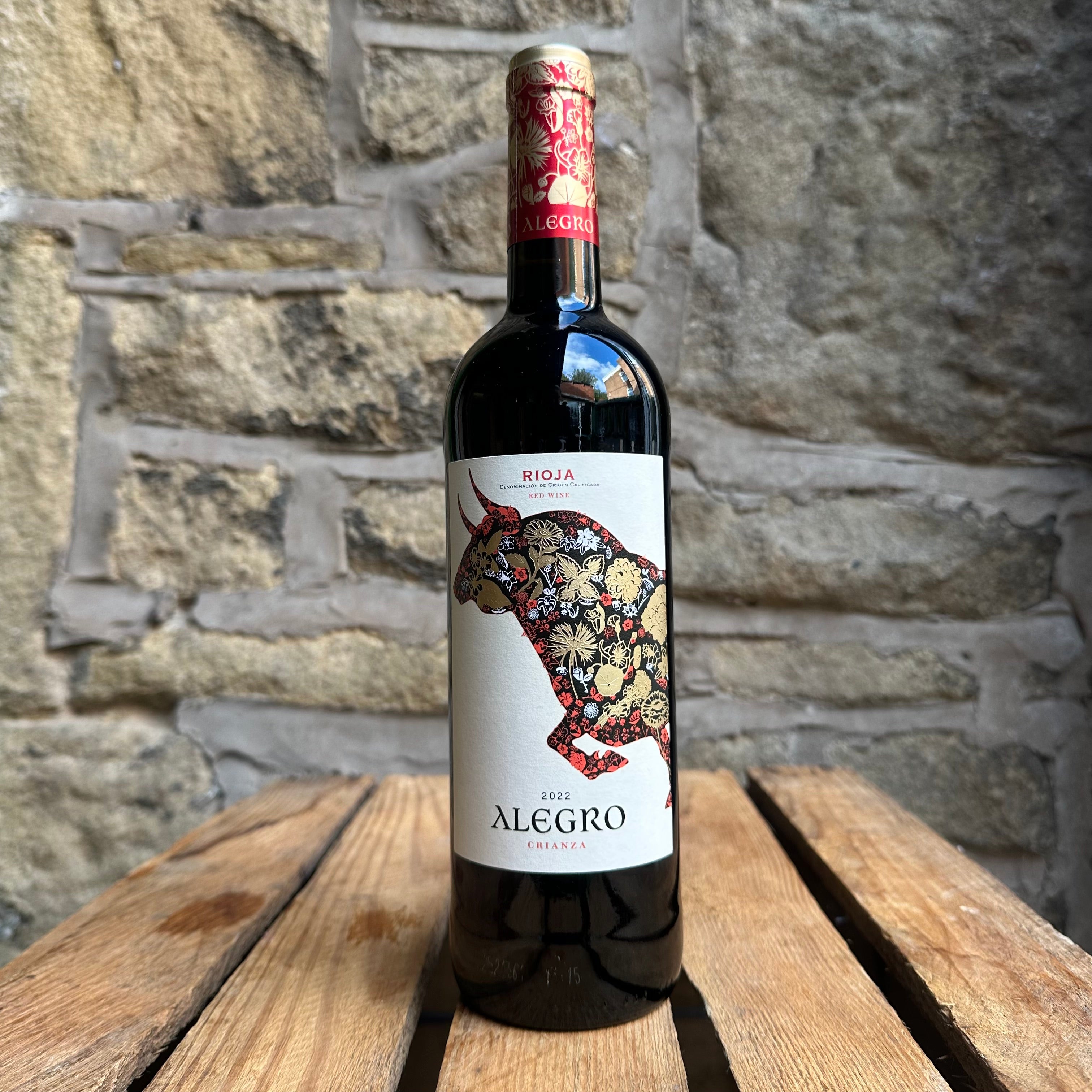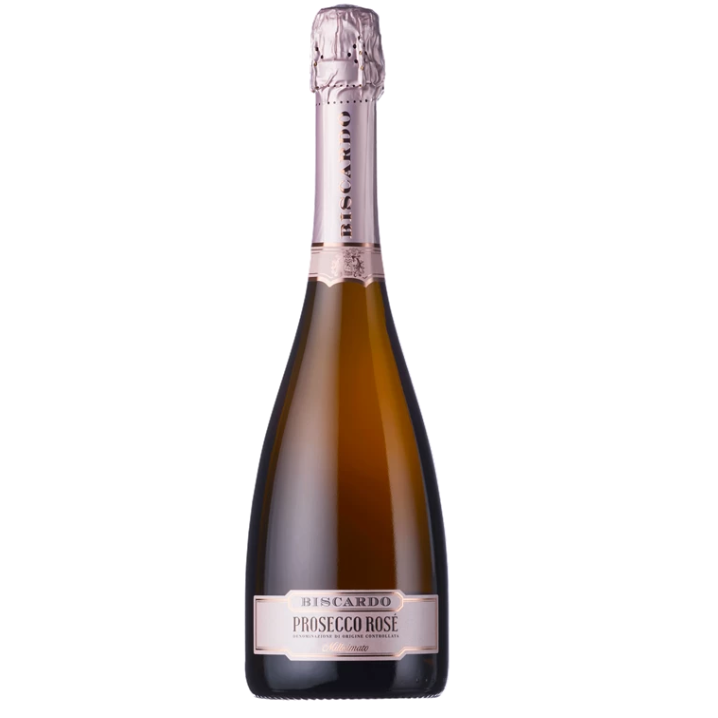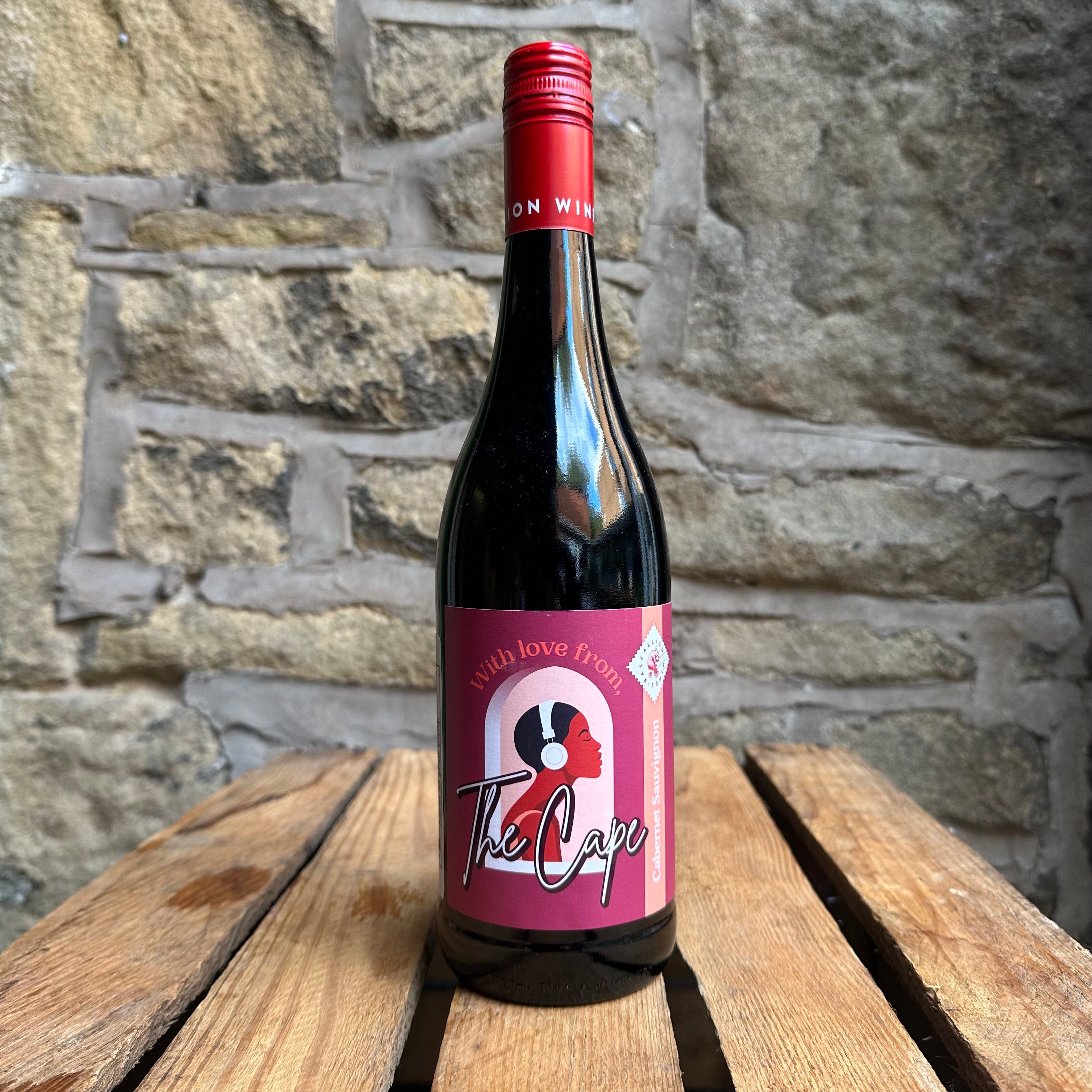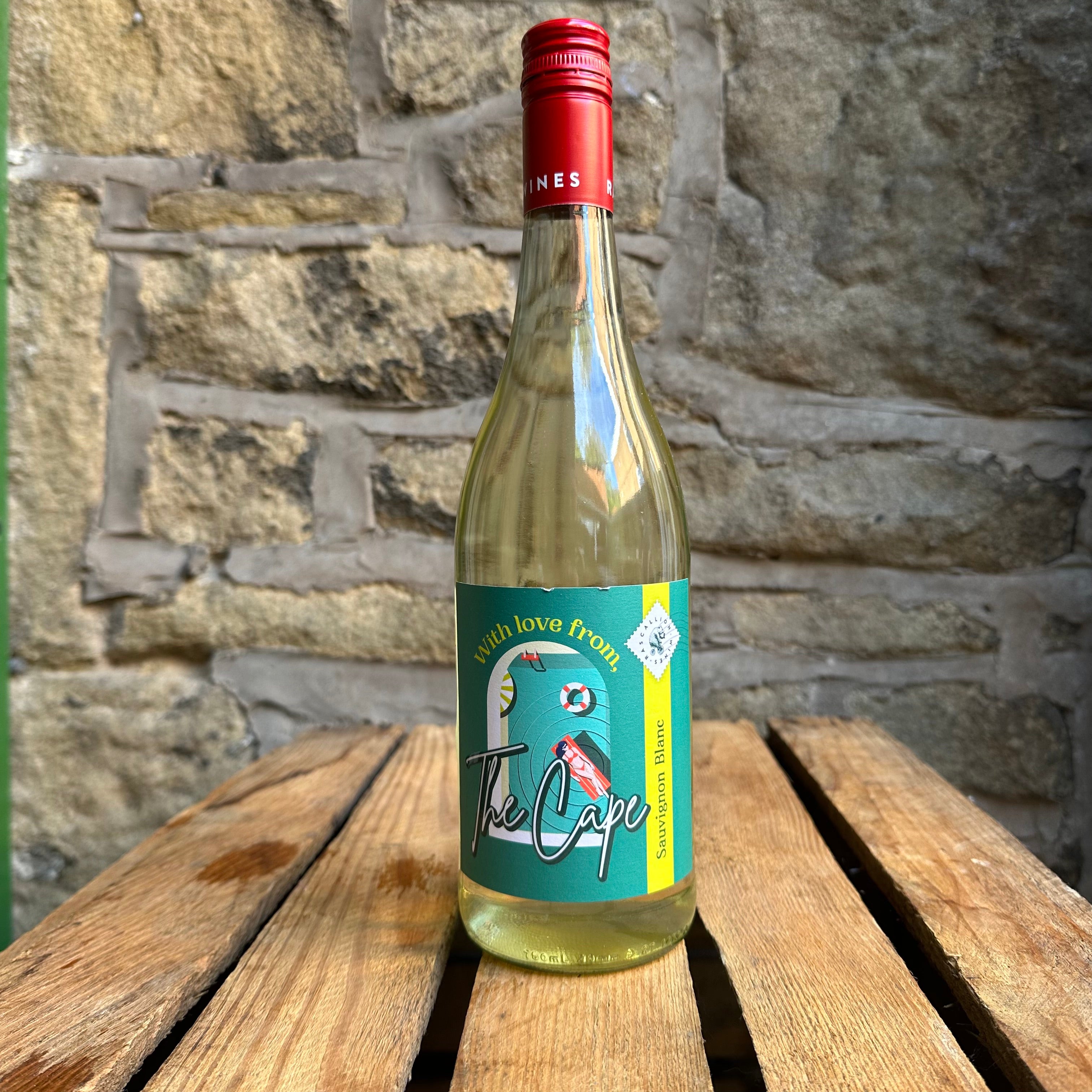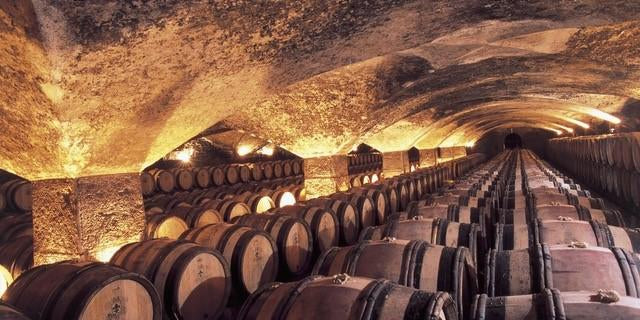
Tips On Storing Your Wine

Wine storage is key when it comes to looking after your wine in both short term and long-term situations. 95% of wine is bought to be consumed within the first 48 hours of owning the bottle however if you understand wine or have an investment portfolio – it is a very good idea to invest in reliable and consistent wine storage – whether this is a wine cabinet or the storage is outsourced to companies who manage their own wine cellars, this is up to you.
In this article we discuss the key factors that need to be maintained in order to keep your wine in pristine condition and allow it to develop as it should over many years. Not all wines need to be kept for long periods of time but there are many varieties that benefit from being stored correctly.
For this article we have teamed up with Elite Wine Refrigeration who are a refrigerated wine storage expert based in Cheshire that distribute wine coolers, wine cabinets and wine walls across the UK, Ireland and have plans to develop throughout Europe. Wine storage isn’t something we consider when spending £30 or more on a bottle of wine but should be carefully thought out before purchasing which is why we went to the experts to help identify the key issues around wine storage.
UV light
UV light can be one of the most damaging factors when storing wine – the UV rays can dramatically interfere with the ageing process and therefore change the taste, appearance and smell.
Most red wines now you will find in darker bottles such as green, brown and sometimes black as this protects the wine some what from the UV light. However, this wont completely protect the wine and if you left a bottle of red wine in a window – it would gradually lose its colour, kind of like as if it had been oxidised which will mean it will dramatically lose its value if you are buying wine for investment purposes.
We recommend storing your wine in crates which are sealable to block out any light however another good option is a wine cooler as generally these will have a solid door which will completely block out any UV light or a double/triple glazed glass door which will be completely UV treated, this will ensure your wine is protected.
Consistent Storage Temperature
The temperature of your wine storage is probably one of the most important factors when it comes to the development of your wine. It has been proven that the ideal temperature for the storage of all wines – including; sparkling, reds and whites is actually 12°C – why?
Serving temperatures are often misinterpreted as storage temperatures – for example storing white at between 7-9°C and red wine at 18-20°C. By storing your wine at red wine serving temperatures this will dramatically increase the rate at which the reactions that occur naturally inside the bottle by almost double – this effectively rushes the ageing process and doesn’t allow the wine to fully develop as it should. Storing your wines at lower temperatures will completely hinder the ageing process and will effectively stunt any development as there isn’t enough energy for the reactions to occur. 12°C is the ideal temperature for the natural reactions to occur to allow the proper development of your wine.
Not only does the temperature need to be as close to 12°C as possible but the temperature needs to be consistent - leaving your wine in the garage for example means your wine will experience many different temperature throughout the day and will mean the ageing process is constantly being stopped and started as it goes through the day and night. This again will completely hinder any development, ensuring your wine is in the conditions isn’t like turning a light switch on and off – it need to be managed properly and maintained for extended periods of time for your wine to age properly.
A traditional wine cellar will have very little temperature fluctuations which is why outsourcing your wine storage to companies who have temperature and humidity-controlled warehouses is a great idea – this can get expensive though and access to your wines isn’t as easy as going to your own wine cabinet. Although the initial outlay is quite large, the benefit to having your own wine cooler is the access it gives you to your wine on a late Sunday afternoon for example – wine cabinets will also maintain the temperature to within +/-2°C of the set temperature which means the temperature of the wine will always be the set temperature.
Unnecessary Vibrations
Even the smallest vibration can interfere with the ageing process, the smallest of movements can cause vibration and generally these will be vibrations we don’t notice but to wine it is critical they are managed as it can gradually interfere with the ageing process. Over time it can lead to the wine separating out into layers which means there will be different parts to the wine that may never mix back together.
Vibrations from foot traffic, motor vehicles etc are examples we wouldn't even notice however over a period of a couple of days the vibrations will add up – there are things we can do to help reduce the vibrations to a minimum such as wrapping the wine bottles in a vibration reducing material such as bubble wrap or dry reeds.
Companies who manage their wine cellars will ensure there are no vibrations and they may even taken preventative action by utilising the dry reeds or bubble wrap method for extra protection. A wine cabinet is another good option as they are now mostly vibration free; the compressor is the culprit for vibrations in a wine cabinet, particularly when it starts up, so these are now mounted on independent vibration reducing rubber mountings which remove any unwanted vibration from inside the cabinet.
Manage the humidity
The humidity is very important when it comes to wine storage – it is a critical factor but not one that directly affects the development of your wine. If the humidity is too high, the moisture in the air will settle on the bottles and usually this will lead to mould growth which will eat away at the labels which again will dramatically reduce the value of your wine and wont make it look too appealing – however the taste won’t be affected!
If the relative humidity falls below 55% then bottles that have a cork will start to have issues – if you don't carefully monitor the humidity, over a period of months to a year the cork will begin to dry out. If the cork begins to dry out, the seal the cork has with the bottle will become loose and will either let oxygen in and lead to oxidisation of the wine or the wine will start to leak out and there will be an expensive mess on the floor.
There are a few methods to maintain the ideal humidity; a purpose built wine cellar with its own humidity and temperature management or if you don’t have space for this – a wine cooler will manage the humidity to between 55 and 85% automatically and will usually sit in the middle of these two values which is 65-60% which is the ideal humidity level for wine.
Avoid Nasty Odours
Although the cork does create a very good seal between the wine and the atmosphere there is still the chance that some gasses can penetrate through the cork or down the sides.
Storing your wine where it will be exposed to lots of different odours throughout the day such as the kitchen, in the garage or out building isn’t the best idea as these odours will interfere with the ageing process. Just like UV light it can change the appearance, taste and the smell of a wine – now we aren’t saying your wine will taste just like a cheeseburger but considering the price associated with some of the bottles of wine on the market today – the storage conditions need to be correct to ensure the development of the wine is correct.
One of the main offenders for unwanted odours is related to the humidity section above and that is mould. Mould has a musky smell which lingers a lot and can be very difficult to get rid of – if the wine is trapped in a confined space for example a wine cabinet or small cellar – it is very likely that the smell from the mould could penetrate through the cork and this is why the larger wine cabinets are usually equipped with a charcoal filter to remove any unwanted odours and effectively purify the air.
Bottle Position
The bottle position is very important, champagne and other sparkling wines are suitable for upright storage due to the trapped carbonation inside the bottle however all wines will benefit from being stored on their sides.
The reason for this is primarily to keep the cork moist from the inside – just like how the cork can dry out from outside it can also lose its tight-fitting seal from the inside which will mean the same outcomes as mentioned above in the humidity section.
It has been found that the ideal position is horizontal with a slightly upward tilt to ensure the air pocket is near the top of the bottle and not in the middle so that the wine can move freely and there is an even distribution of the chemicals inside to allow the reactions to take place.
This article was brought to you in collaboration with Elite Wine Refrigeration, if you have any questions on wine storage or require any information on wine cabinets – please contact us and we will be more than happy to assist you.

